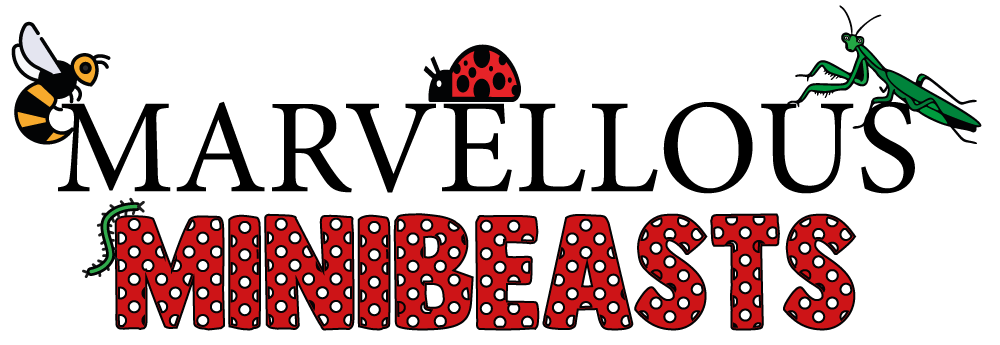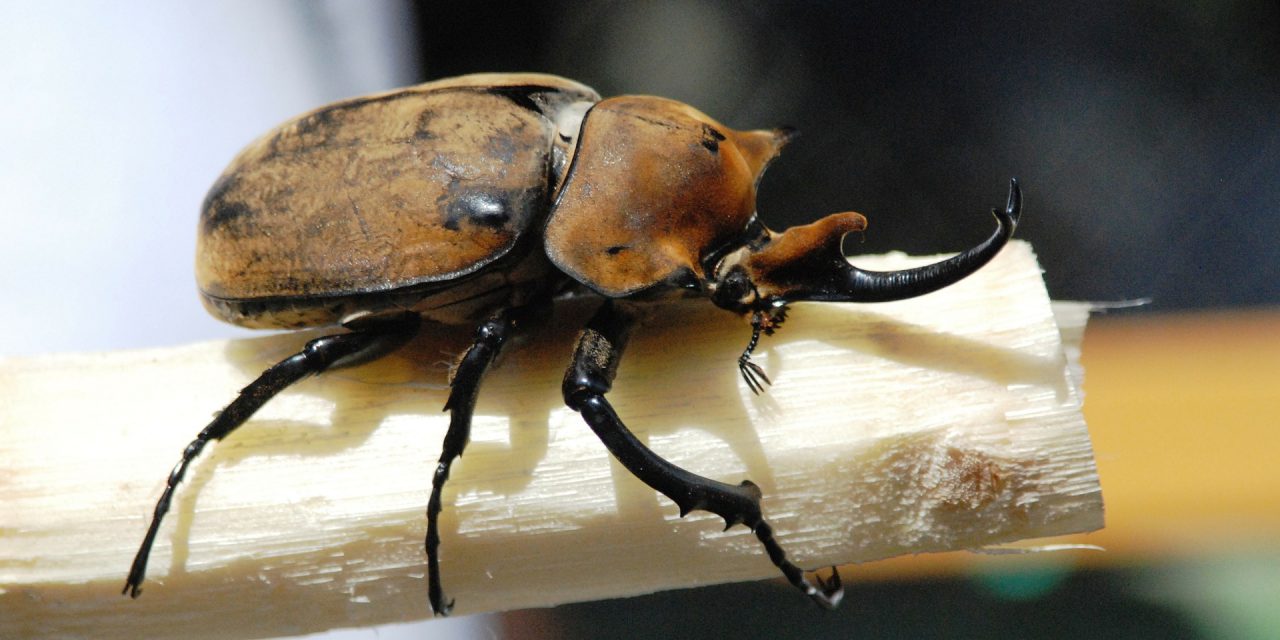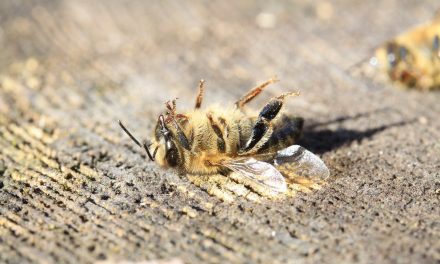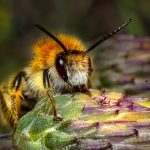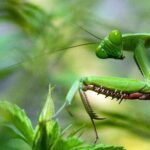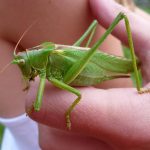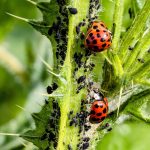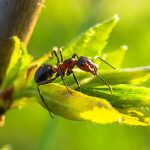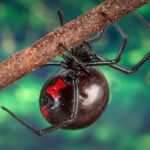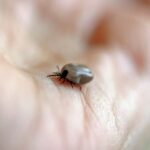It is no secret that there are countless insect species on Earth, and they all live very different lives. what are the most dominant species of insects? this would depend, among other things, on your definition of dominant and whether we are considering the most vicious of insects or those that cover the most ground. This article will examine the most prevalent insect species in order to provide you with a better understanding of them. You might even be surprised to discover why certain insects are ranked as the most dominant. Insects such as beetles and ants appear on this list for vastly different reasons.
What Are the Most Dominant Species of Insects?
Beetles are the most dominant type of insect on Earth, and so far, more than 400,000 different species have been named. This means that between one-fifth and one-third of the different types of insects described are beetles. They are very successful insects that have changed over time to do very specific things, like pollinate specific trees or eat what other animals leave behind.
Beetles have been able to divide the world up into very small pieces, so they can specialise in their different jobs. They can co-exist well without competing against each other, and they are highly adaptable and diverse.
In the majority of ecosystems, beetles are responsible for some of the most important roles, they have the ability to release nutrients that can then be used by the majority of other living things. They accomplish this by breaking up various materials, such as wood and dung, into smaller pieces.
There is a species of beetle known as the weevil, and it is widely considered to be one of the most important—if not the most important—of all beetle species. The mouths of weevils are located at the very end of their long snouts, and they are able to bore holes in plants. They will deposit their eggs into these holes with the assistance of an ovipositor, which is a tube used for laying eggs. They do this so that their larvae are protected and so that they can find food for them that is different from the food that the adult beetles consume. This prevents them from having to contend with one another adult for the food that is available.
What Insect Group is the Biggest?
The biggest group of insects to be both identified and classified is the order Coleoptera, which is home to beetles, weevils, and fireflies. This group includes around 400,000 different species, with beetles coming up as the most dominant. Interestingly, one of five living species is a beetle.
Beetles will feed on all parts of both living and dead plants, and some of them are excellent hunters and predators. Other beetles will make excellent scavengers, and some are even parasitic.
Another interesting fact about beetles is that they are prominent decomposers, more so in forests than in other areas. As predatory creatures, they will reduce the populations of problem insects, which is a great benefit for many. However, as well as the positives that beetles inflict, they also come with some negative aspects.
A small percentage of beetles will actually be harmful to products of humans, and some of them, like bark beetles, will kill thousands of trees in western forests every year. They can also often be a threat to agriculture, two prime suspects for this are the cotton ball weevil and rootworms.
There are many different varieties of beetles, and we will name some for you here:
- Weevils (Curculionidae) -This is the largest family of beetles and possibly even the largest group of insects
- Darkling Beetles (Tenebrionidae)
- Ground Beetles (Carabidae)
- Leaf Beetles (Chrysomelidae)
- Long-horned Beetles (Cerambycidae)
- Scarab Beetles (Scarabaeidae)
- Click Beetles (Elateridae)
- Rove Beetles (Staphylinidae).
It is estimated that there are around 100 families of beetles in just the United States alone.
Which Insect Species is the Most Dominant in Numbers?
Ants are quite high on the list of insects that are dominant in terms of the sheer number of them, and their global population is estimated to be somewhere between 10,000 trillions and a quadrillion. It would be impossible to count each individual ant, but these are the closest estimates. What we do know is that there sure are lots of them.
They may be outnumbered by certain other insect species, but their influence over the environment is much greater, which makes up for this. It is known that ants basically control every part of the Earth’s surface where they roam, and given the fact that ants live almost anywhere, they rule most of the Earth. The places in which ants reside will be micromanaged by them, and ants will change or remove things in order to benefit their colonies.
Ants are able to exert their control in many different ways, including:
- Moving more Earth around than earthworms themselves to suit their own needs
- Clearing away their dead to lower the spread of disease in their colonies
- Waging war when necessary if the end result will benefit them
A brilliant type of ant that can provide evidence of the control that ants have over certain other species is herder ants, which will keep their own herd of aphids to benefit them. They will keep these aphids around and control them, so they can milk them for the sugary honeydew that they produce. This is a substance that can be used as a food supply. Ants will go to great lengths to keep these aphids nearby.
Some of the most domineering and aggressive ants are those that have adapted to move freely around the world and form colonies that include billions of individuals. This allows them to take on much bigger groups.
One brutal type of ant, in particular, is the Argentine ant, which features large numbers and brutality. They have excellent strategies and advanced super-colonies that can even stretch up to 5000 km.
